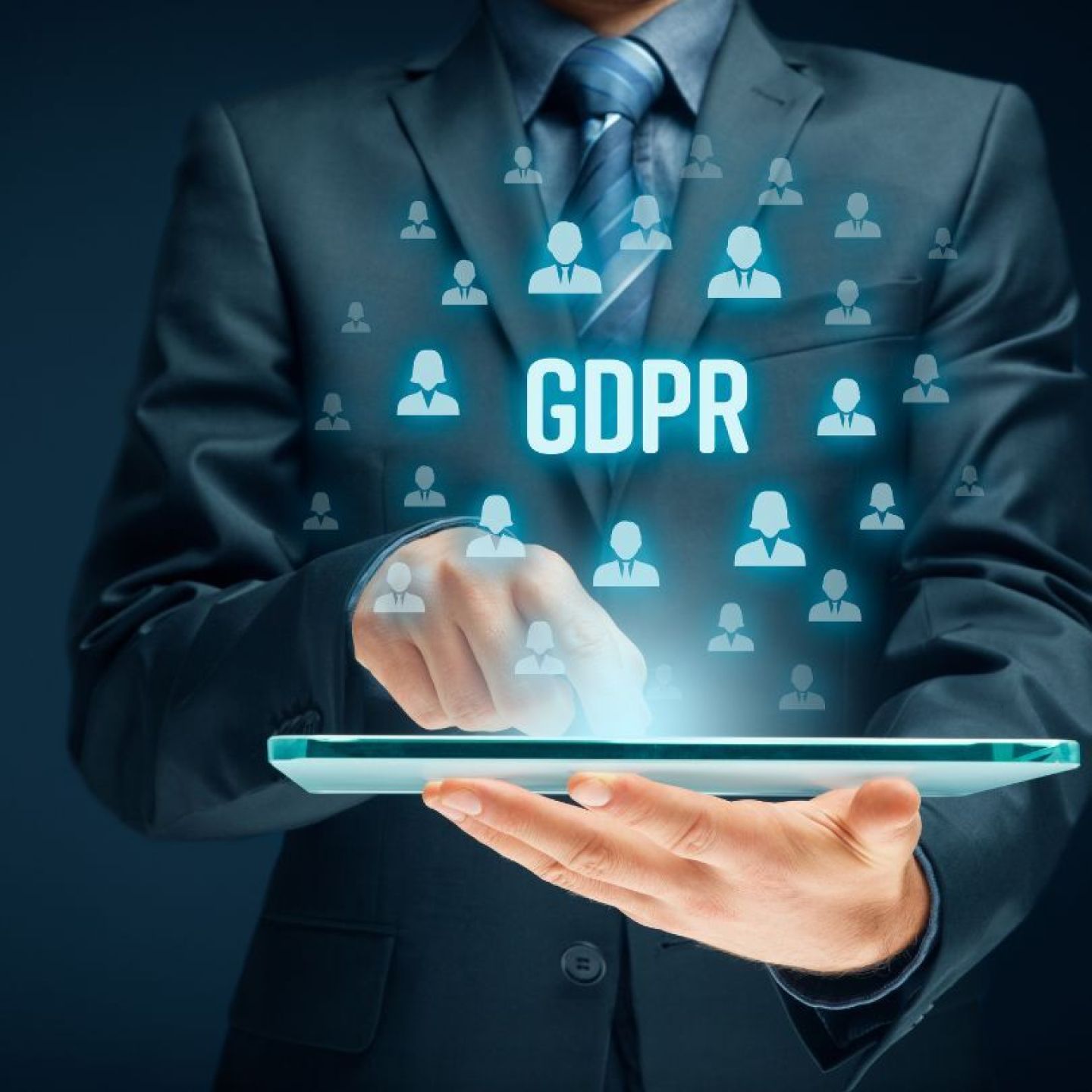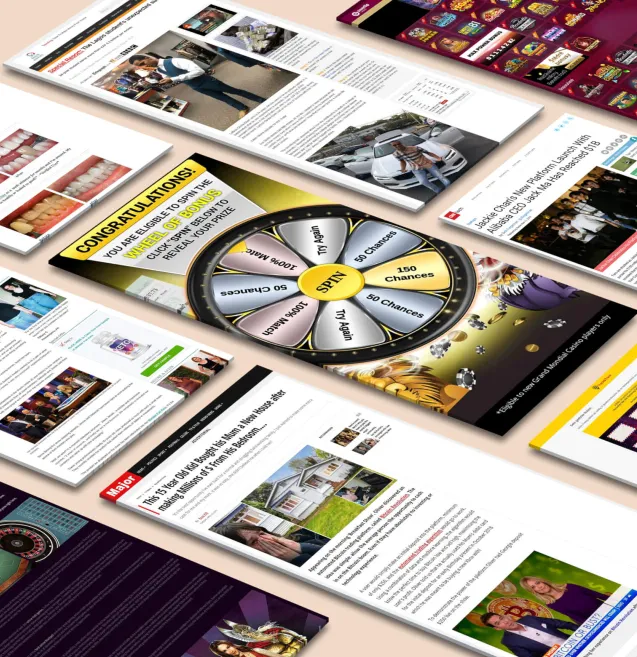
Our spy tools monitor millions of popup and pop-under from over 90+ countries and thousands of publishers.
Get StartedCookie consent is a legal requirement that demands websites to obtain explicit permission from visitors before collecting their data through cookies. As a marketer in 2025, you need to understand these fundamental concepts to maintain compliant digital advertising strategies.
The General Data Protection Regulation (GDPR) sets strict guidelines for handling personal data. These regulations directly impact your marketing activities:
Your advertising strategy must prioritize user privacy through:
A compliant approach to data privacy builds trust with your audience. Users appreciate transparency about how their information is collected and used. This transparency translates into improved brand reputation and stronger customer relationships.
However, it's important to remember that non-compliance with GDPR can result in fines up to €20 million or 4% of global annual revenue, whichever is higher. Protecting user privacy isn't just a legal obligation—it's a fundamental aspect of modern digital marketing.
As we navigate these complex waters of cookie consent and GDPR compliance, it's also essential to explore innovative digital advertising strategies. One such method that has gained traction is pop advertising, which has evolved significantly over the years from being seen as an annoyance to becoming an accepted form of online advertising. By understanding and leveraging these changes in pop advertising, marketers can create more effective campaigns while still adhering to the necessary legal requirements.
Cookies are small text files that websites place on your device to collect and store specific information about your browsing activities. These digital trackers serve as memory tools for websites, enabling them to remember your preferences, login status, and behavioral patterns.
html document.cookie = "username=John Doe; expires=Thu, 18 Dec 2025 12:00:00 UTC; path=/"
Cookies track specific user actions, including:
This tracking capability allows websites to create detailed user profiles, analyze website performance, and deliver targeted content. Modern tracking systems combine cookie data with other technologies to build comprehensive digital fingerprints of user behavior across multiple platforms and devices.
GDPR regulations require websites to obtain explicit user consent before collecting any non-essential cookies. This requirement is based on the user's right to control their personal data and understand how it is being used.
A valid cookie consent under GDPR must meet the following criteria:
Failing to comply with GDPR cookie consent requirements can lead to severe consequences, including:
Your cookie consent popup must actively block non-essential cookies until users provide explicit permission. Pre-ticked boxes, implied consent, or cookie walls that restrict access to content are not compliant with GDPR standards.
Data protection authorities regularly conduct compliance checks and investigate user complaints. Recent enforcement actions have targeted major companies, resulting in substantial fines for inadequate cookie consent mechanisms.
A well-designed cookie consent banner serves as your website's first point of interaction with users regarding data privacy. Here's what you need to include in your banner design to ensure GDPR compliance:
Your banner should avoid dark patterns - deceptive design elements that manipulate users into accepting all cookies. The interface must present choices equally, without highlighting the 'accept' option or making the 'reject' button harder to find.
Remember to implement a preference center where users can modify their cookie choices at any time. This feature demonstrates respect for user autonomy and maintains ongoing GDPR compliance through transparent data management.
Marketing strategies need to change significantly to meet GDPR compliance standards. Data protection is now at the heart of digital marketing operations, changing how businesses collect, process, and use customer information.
Many marketers find it challenging to balance personalization and privacy requirements. The solution is to use privacy-enhancing technologies and adopt transparent data practices. This approach helps build trust while still being effective in marketing.
A shift towards zero-party data collection methods allows marketers to directly gather valuable insights from willing customers. This strategy aligns with GDPR requirements and provides high-quality, consent-based data for marketing initiatives.
The ePrivacy Regulation 2025 brings significant changes to digital marketing practices. You'll need to adapt your strategies to meet these new requirements while maintaining effective marketing operations.
The regulation introduces opportunities for innovative marketing approaches. Companies embracing privacy-first strategies gain competitive advantages through increased user trust and brand loyalty.
The shift toward privacy-centric marketing creates space for creative solutions. Smart marketers are already exploring contextual advertising, privacy-preserving analytics, and enhanced user preference centers.
These changes reshape digital marketing landscapes. Businesses preparing now position themselves for success in the privacy-first future of 2025 and beyond.
Receive top converting landing pages in your inbox every week from us.
Guide
Synthetic media, created partially or entirely through AI algorithms, has revolutionized digital marketing by enabling brands to produce personalized, scalable content without traditional production constraints. This technology allows marketers to generate hyper-realistic images, videos, and voice content that can be customized for different audience segments while maintaining consistent brand messaging across channels. As synthetic media tools become more accessible, companies are increasingly leveraging these capabilities to reduce production costs and create more engaging customer experiences, though this advancement also raises important ethical considerations regarding authenticity and potential misuse.
Elena Morales
7 minMay 12, 2025
Guide
Programmatic advertising has revolutionized digital marketing by automating the buying and selling of ad inventory through sophisticated algorithms that execute transactions in real-time, eliminating the inefficiencies of traditional manual processes. The integration of artificial intelligence has further elevated this technology, enabling marketers to analyze vast amounts of data to identify optimal audience segments, predict consumer behavior, and dynamically adjust bidding strategies for maximum impact. This powerful combination allows for unprecedented precision in targeting, personalization of creative content, and continuous optimization of campaigns across multiple channels simultaneously. As a result, advertisers can now achieve significantly improved ROI through enhanced relevance, reduced wasted impressions, and the ability to scale campaigns efficiently while maintaining performance metrics.
Dan Smith
7 minMay 2, 2025
Tips & Tricks
Popup ads, despite their controversial reputation, have proven to be remarkably effective conversion tools when implemented with strategic creativity and user experience considerations. Research demonstrates that thoughtfully designed popups can achieve impressive conversion rates of up to 40%, significantly outperforming many traditional digital marketing tactics when they deliver relevant, timely offers at appropriate moments in the user journey. The key to their success lies in balancing attention-grabbing design with respectful timing and valuable content that genuinely addresses visitor needs or interests, rather than disrupting the browsing experience. When properly executed with personalized messaging, clear value propositions, and strategic triggering mechanisms, popups transform from potential annoyances into powerful engagement assets that capture leads, promote special offers, and drive meaningful business results.
Rachel Thompson
7 minApr 30, 2025




